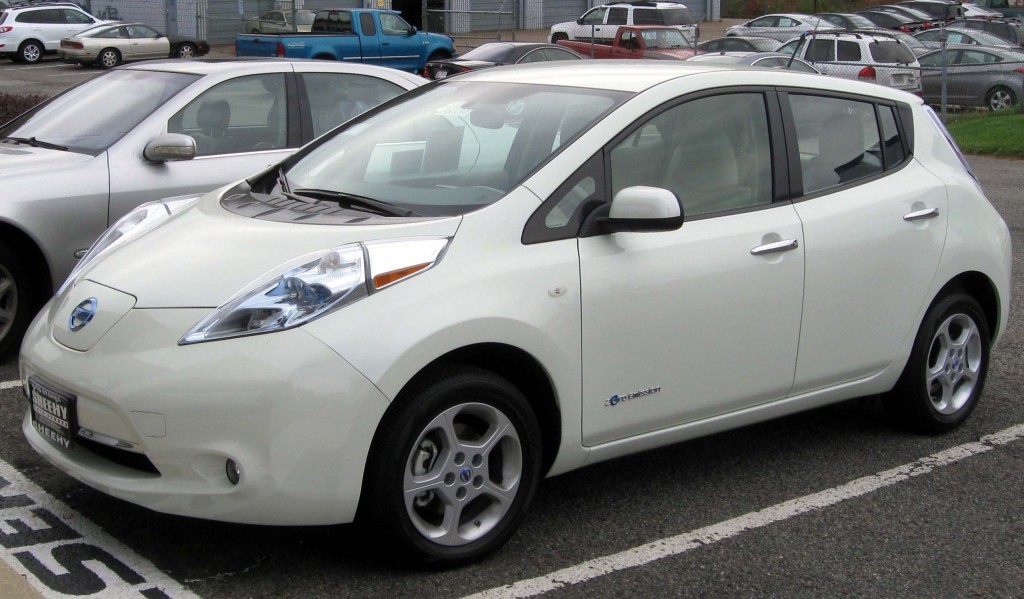
The electric vehicle revolution could turn out to be more dramatic than governments and oil companies have yet realised.
New research suggests that further, big reductions in battery prices lie ahead, and that during the 2020s EVs will become a more economic option than gasoline or diesel cars in most countries.
The study, published today by Bloomberg New Energy Finance, forecasts that sales of electric vehicles will hit 41 million by 2040, representing 35% of new light duty vehicle sales. This would be almost 90 times the equivalent figure for 2015, when EV sales are estimated to have been 462,000, some 60% up on 2014.
This projected change between now and 2040 will have implications beyond the car market. The research estimates that the growth of EVs will mean they represent a quarter of the cars on the road by that date, displacing 13 million barrels per day of crude oil but using 1,900TWh of electricity.
This would be equivalent to nearly 8% of global electricity demand in 2015.
Colin McKerracher, lead advanced transportation analyst at Bloomberg, said: “At the core of this forecast is the work we have done on EV battery prices.
“Lithium-ion battery costs have already dropped by 65% since 2010, reaching 350 per kWh last year. We expect EV battery costs to be well below 120 per kWh by 2030, and to fall further after that as new chemistries come in.”
Salim Morsy, senior analyst and author of the study, commented: “Our central forecast is based on the crude oil price recovering to 50, and then trending back up to 70-a-barrel or higher by 2040.1 Interestingly, if the oil price were to fall to 20 and stick there, this would only delay mass adoption of EVs to the early 2030s.”
The electric vehicle market at present is heavily dependent on “early adopters” keen to try out new technology or reduce their emissions, and on government incentives offered in markets such as China, Netherlands and Norway.
Although some 1.3 million EVs have now been sold worldwide and 2015 saw strong growth, they still represented less than 1% of light duty vehicle sales last year.
EVs come in two categories – battery electric vehicles, or BEVs, that rely entirely on their batteries to provide power; and plug-in hybrid electric vehicles, or PHEVs, that have batteries that can be recharged but have conventional engines as back-up.
The best-selling BEV over the last six years has been the Nissan Leaf, and the best-selling PHEV the Chevrolet Volt.
Recommended for you
